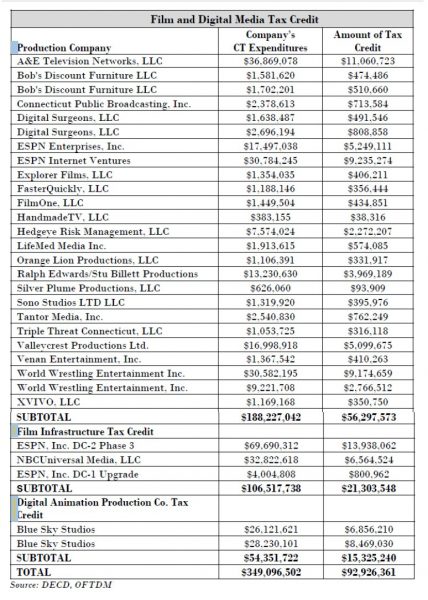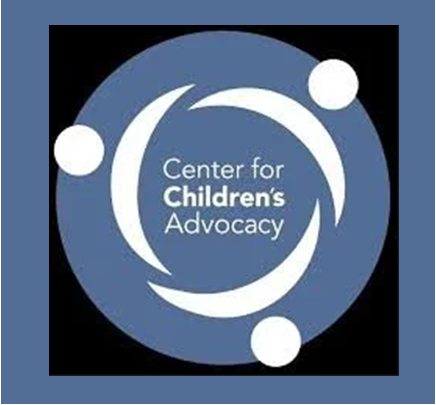Matchmaker Event Seeks to Boost Local Small Businesses
/Putting entrepreneurial, start-up and small businesses in the same place at the same time with business decision makers seeking suppliers, subcontractors and project partners is the concept that drives the CT Business Matchmaker, among Connecticut's largest events designed to bring together small, established businesses with “primes”—large and medium-sized companies, government agencies, educational institutions, and municipalities who are actively interested in increasing and diversifying their supplier lists. “The Matchmaker program is a premier event offering significant new opportunities for Connecticut-based small businesses,” said Fred Wergeles, director of the University of Hartford’s Entrepreneurial Center, which manages and hosts the event. “Bringing together large companies and agencies with small businesses in the fast-paced Matchmaker environment creates the spark for emerging relationships that will fuel the state’s economy. The Entrepreneurial Center provides pre-event training for both the large and small businesses to maximize the value of their participation in the program.”

The eighth annual event will be held on June 1, 7:00 AM to 2:30 PM on the university campus. CT Business Matchmaker 2017 will offer an opportunity for small business owners to expand their contracting relationships. During the event, small businesses will present their products and services to potential customers in a series of ten- minute, one-on-one interviews with Primes. All Prime participants, including state and federal agencies, large corporations, municipalities, and educational institutions, come to the event with business needs they are seeking to fill.
“At Viking Construction, we are always looking for qualified subcontractors. We need to find the right company for the job in order to create a successful project, so relationships are very important to us. We know we’ll meet the quality we are seeking at CT Business Matchmaker,” said Michele Yeager, project administrator at Viking Construction.
“Through the CT Business Matchmaker, we accomplished our goal of reaching out to new subcontractors and providing economic opportunities to local businesses. They help get the small businesses ready for the opportunities we put out to bid,” said Michael Jefferson at the Metropolitan District (MDC). “I like to network with those agencies as well so I know what resources are available to support the success of our vendors. The MDC is committed to this process that helps build opportunities for small businesses.”
Wergeles also emphasized his organization’s effort to reach out to businesses run by women and minorities. “Through our Women’s Business Center, we also focus on recruiting women-owned and minority-owned businesses. These businesses traditionally receive fewer contracts, so we strive to provide more opportunities for them through this event.”
Additional organizing partners for CT Business Matchmaker include the University of Hartford’s Construction Institute, U.S. Small Business Administration, state Department of Administrative Services, CT Procurement Technical Assistance Program, state Commission on Human Rights and Opportunities, and the U.S. General Services Administration.
Participants include: Boston Scientific, Canberra Industries, Cianbro Corporation, City of Hartford, City of New Britain, Charter Oak Environmental Services, Inc., Colt's Manufacturing Company LLC, CT Airport Authority, Connecticut Lottery Corporation, CSCU, Dimeo Construction Company, Elbit Systems of America, Kollsman Inc., Enfield Enterprises Inc., Enterprise Builders, Inc., General Dynamics Electric Boat, Great Lakes Dredge & Dock Company, LLC, Greater Hartford Transit District, Harvard Pilgrim, Kaman Composite Structures, Manafort Brothers Incorporated, Methuen Construction Co., Inc., Pioneer Valley Transit Authority, Pitney Bowes, Sikorsky a Lockheed Martin Company, Skanska USA, Staples Business Advantage, Supervisor of Ship Building, The Hartford, The Metropolitan District, The Whiting-Turner Contracting Company, Triumph Integrated Systems, UCONN Health, UCONN Purchasing Dept., UConn Supplier Diversity Program, United States Navy, US Environmental Protection Agency, US General Services Administration – FAS, US General Services Administration – PBS, United Technology Aerospace Systems, Viking Construction, and Western CT State University.




 and Minnesota. Connecticut exceeded the national average in all three components – Jobs and Local Economy, Education, and Community Health and Civic Life.
and Minnesota. Connecticut exceeded the national average in all three components – Jobs and Local Economy, Education, and Community Health and Civic Life.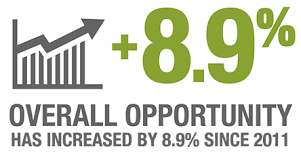
 Prevention and the U.S. Department of Justice.
Prevention and the U.S. Department of Justice.




 Nearly two-thirds of those surveyed in Connecticut (64%) called for “using technology to enhance the way students learn in the classroom” – the highest percentage among the six New England states. A majority called for “more significant efforts to close achievement gaps” (59%), more effective teachers (62%) and changes to the ways schools are funded (57%). The state legislature in Connecticut is currently considering changes in the school funding formula proposed by Gov. Malloy in the wake of a state court decision.
Nearly two-thirds of those surveyed in Connecticut (64%) called for “using technology to enhance the way students learn in the classroom” – the highest percentage among the six New England states. A majority called for “more significant efforts to close achievement gaps” (59%), more effective teachers (62%) and changes to the ways schools are funded (57%). The state legislature in Connecticut is currently considering changes in the school funding formula proposed by Gov. Malloy in the wake of a state court decision.

 The overall rankings were weighted 80-20 between Entertainment & Recreation and Nightlife. The Entertainment & Recreation categories included restaurants, beaches, movie theaters, national parks, arts venues, and state spending on parks and recreation. The nightlife category included average beer & wine prices, movie costs, music festivals and access to bars.
The overall rankings were weighted 80-20 between Entertainment & Recreation and Nightlife. The Entertainment & Recreation categories included restaurants, beaches, movie theaters, national parks, arts venues, and state spending on parks and recreation. The nightlife category included average beer & wine prices, movie costs, music festivals and access to bars.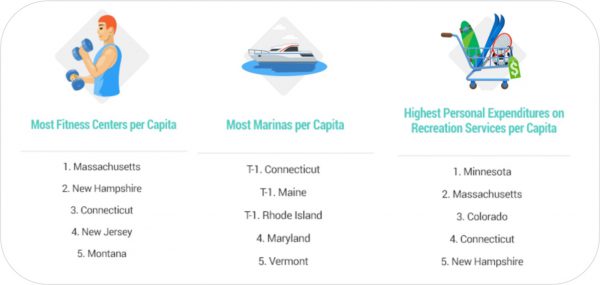
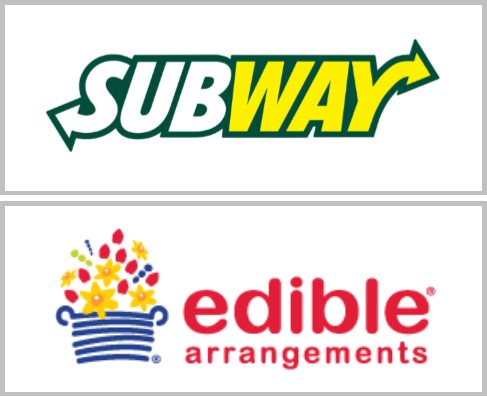



 aphy”.
aphy”.


 The Office “actively assists local, national and international motion picture, TV and media production entities with finding locations in Connecticut, rules and procedures, securing permits, hiring local cast and crew and other services,” according to the agency’s website. In addition, the Office “represents the state and its agencies, municipalities and resident media professionals in interactions with media production entities and the industry at large.”
The Office “actively assists local, national and international motion picture, TV and media production entities with finding locations in Connecticut, rules and procedures, securing permits, hiring local cast and crew and other services,” according to the agency’s website. In addition, the Office “represents the state and its agencies, municipalities and resident media professionals in interactions with media production entities and the industry at large.” venue in the city. Ralph Edwards/Stu Billett Productions received nearly $4 million in tax credits in fiscal year 2016, spending just over $13 million in the state on a number of prominent program productions.
venue in the city. Ralph Edwards/Stu Billett Productions received nearly $4 million in tax credits in fiscal year 2016, spending just over $13 million in the state on a number of prominent program productions.